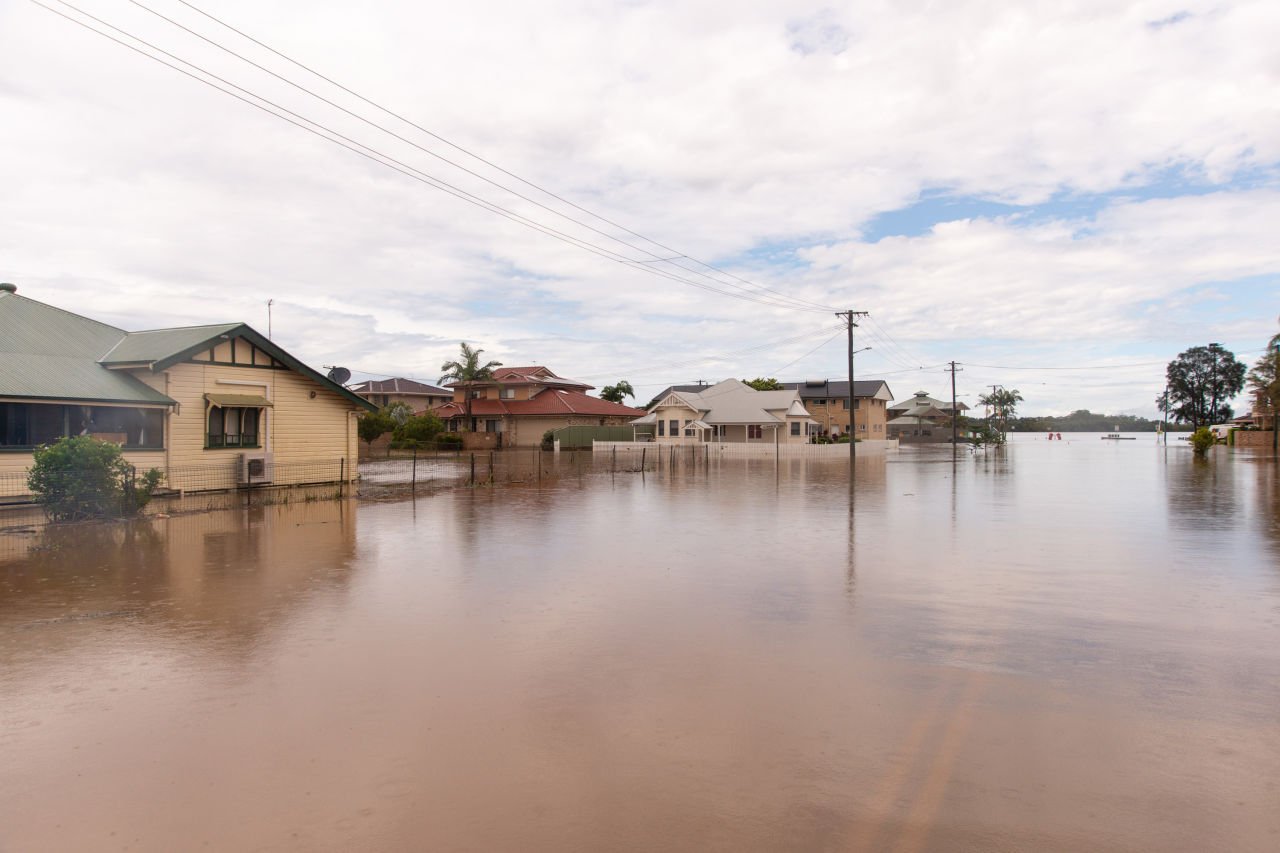Opinion: Let’s share the load to protect as many homes and communities as we can

Lisa Harrison
Chief Executive Consumer Insurance
The heartbreaking pattern of homes being hit, rebuilt and hit again is a 'new normal' we should not accept.
Share
It’s hard to fathom how it feels to have lived through two floods in as many months, and to be watching nervously for a possible third.
As the seemingly never-ending rain comes and goes, I’ve been trying to imagine how the people I’ve met recently along our east coast are feeling right now. Physically, financially and psychologically they’ve already been through so much.
As someone who has worked in insurance for over 20 years, I’ve seen the heartbreaking pattern of homes being hit, rebuilt and hit again by either cyclones, floods or fires. It’s a ‘new normal’ we should not accept. Which is why for some years now Suncorp has been advocating for a national conversation on natural hazard resilience.
In January the incoming Labor Government committed to establishing a $200 million a year Disaster Ready Fund. This was welcome news, and we’re looking forward to working with all levels of government and stakeholders to help prioritise projects for communities most at risk.
Over time, we expect that even greater investments will be needed to deal with worsening climate impacts. For example the ICA’s Actions of the Sea and Future Risks report has found that at least $30 billion (net present cost) of investment will be required in large scale coastal protection and adaptation projects over the next 50-years. A large amount of this investment needs to be spent at local government level.
Given that the ICA’s most recent Flooding and Future Risks report identified flooding as one of the costliest extreme weather events in Australia, there should be no doubt in anyone’s mind about this level of investment making economic sense.
According to the report, the recent extreme weather and flooding in South-East Queensland and Northern NSW drove over $3.346 billion worth of claims to date. And we all saw the devastating losses to life as well as property and critical infrastructure.

To help prevent such losses in the future, the ICA flags three important issues: Modern day land use planning settings and associated building controls do not adequately protect property from flood risk; the current building code does not consider building resilience to flood, and data and risk assessment information needs continuous improvement.
I’m proud of the work Suncorp has done in each of these areas already. While we’ve had to wait for vital infrastructure, such as levees, we’ve been raising awareness, sparking conversation, and embedding resilience in our products. We’ve also been investing in geospatial mapping and aerial image technology which has revolutionised the future of event response in Australia.
Last year we introduced Build it Back Better, which gives eligible Suncorp Insurance customers the opportunity to build back a more resilient home after a major claim. More recently you might have seen us in the news transforming a Rockhampton street into one of Australia’s most resilient by upgrading homes with features designed to protect against extreme weather.
Dubbed ‘Resilience Road’, this initiative put into practice the lessons from our One House prototype which was designed, built and tested in partnership with James Cook University and the CSIRO last year.
With each of these initiatives, we wanted to show homeowners how practical and accessible alterations like ember guards and cyclone mesh screens can make homes stronger and safer. We also wanted to encourage builders and government authorities to make home resilience a priority, because risk mitigation cannot be borne by communities alone.
We owe it to the thousands of flood, cyclone and fire victims across Australia to keep pursuing stronger building codes, better land-use planning, and permanent physical mitigation measures. That is what the latest research, backed by science, recommends. This way all Australians can feel as safe as the residents of Resilience Road.



